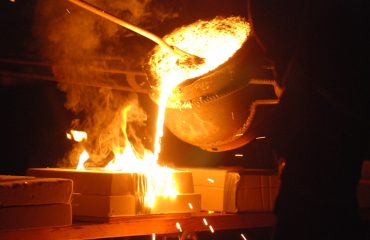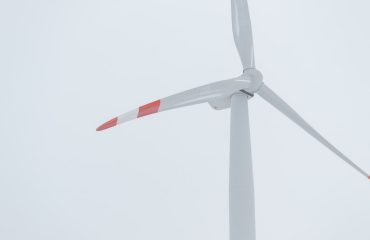Steel, a ubiquitous material in modern construction, manufacturing, and infrastructure, exists in various forms. Understanding the differences between raw and finished steel is crucial for selecting the appropriate material for any given project. This detailed comparison will illuminate the key distinctions, helping you make informed decisions.
1. The Birth of Steel: Understanding Raw Steel
Raw steel, also known as pig iron or molten steel, is the initial product of the steelmaking process. It’s a direct result of smelting iron ore in a blast furnace, and it’s far from ready for practical applications. Raw steel contains impurities like carbon, manganese, silicon, phosphorus, and sulfur, significantly impacting its properties. These impurities make raw steel brittle, weak, and unsuitable for most engineering purposes. Its high carbon content makes it hard and difficult to shape. The process of removing these impurities and refining the steel is crucial in transforming it into a usable material. Think of raw steel as the unrefined ore – it possesses the potential but lacks the refinement needed for practical use.
2. The Transformation: Refining Raw Steel into Finished Steel
The journey from raw steel to finished steel involves several crucial steps, broadly categorized into primary and secondary processing. Primary processing focuses on removing impurities and adjusting the chemical composition to achieve desired properties. This often involves processes like basic oxygen furnace (BOF) or electric arc furnace (EAF) steelmaking, where oxygen is used to remove carbon and other impurities. Secondary processing further refines the steel, controlling its chemical composition and microstructure. This stage might include vacuum degassing, ladle refining, and continuous casting to ensure homogeneity and desired properties.
3. Hot-Rolled vs. Cold-Rolled Steel: Two Major Finished Steel Types
Once the steel is refined, it undergoes shaping processes. Two dominant methods are hot rolling and cold rolling. Hot-rolled steel is processed at high temperatures, resulting in a stronger, more durable, but less precise product. The high temperatures allow for easier shaping and larger dimensional changes, making it suitable for structural applications where high strength is prioritized over surface finish. In contrast, cold-rolled steel is processed at room temperature, resulting in a smoother, more precise, and dimensionally accurate product. The cold working process increases its strength and hardness but reduces its ductility. Cold-rolled steel is preferred for applications requiring a fine surface finish, such as automotive body panels or appliances.
4. Mechanical Properties: A Head-to-Head Comparison
The mechanical properties of raw and finished steel differ significantly. Raw steel is inherently brittle and weak due to the presence of impurities. Finished steel, on the other hand, exhibits a wide range of mechanical properties depending on its grade and processing. These properties include tensile strength, yield strength, ductility, hardness, and toughness. Finished steel, particularly cold-rolled steel, generally possesses higher tensile strength and hardness compared to hot-rolled steel. However, hot-rolled steel often exhibits better ductility and toughness, making it more resistant to fracture under stress. The choice between hot-rolled and cold-rolled steel depends heavily on the specific application’s requirements.
5. Applications: Where Each Type Shines
The distinct properties of raw and finished steel dictate their applications. Raw steel, due to its impurities and lack of refined properties, has limited direct applications. It primarily serves as an intermediate product in the steelmaking process. Finished steel, however, finds widespread use across numerous industries. Hot-rolled steel is commonly used in construction (beams, columns, I-beams), shipbuilding, and heavy machinery due to its strength and weldability. Cold-rolled steel is favored in automotive manufacturing, appliance production, and precision engineering applications where dimensional accuracy and surface finish are paramount. The versatility of finished steel is a testament to the transformative power of the steelmaking process.
In conclusion, understanding the differences between raw and finished steel is essential for selecting the appropriate material for your project. From the initial smelting process to the final rolled product, the journey of steel highlights the importance of refining and processing to achieve the desired properties and applications. Choosing between hot-rolled and cold-rolled steel depends entirely on the specific needs of your application, balancing factors like strength, precision, and surface finish.
SEO Tags: raw steel, finished steel, hot-rolled steel, cold-rolled steel, steel properties




